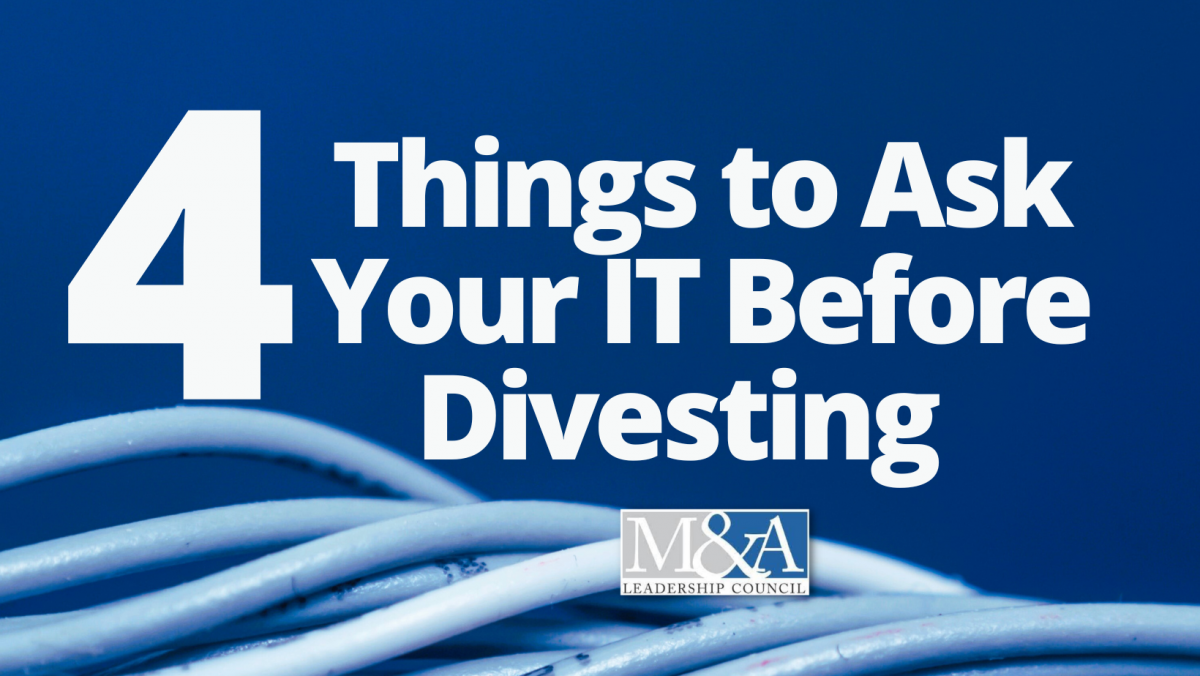Amazon Cautions That When the News Gets Nutty, People Shop Less
Political violence. The Olympics. An unpredictable presidential election. A chaotic summer of news has distracted consumers, making it hard to know how they will spend, Amazon said Thursday.
“When high profile things happen, or the assassination attempt a couple weeks ago, you’re seeing that people shift their attention to news,” Brian Olsavsky, Amazon’s finance chief, said on a call with reporters, adding, “This is going to be a tough quarter to forecast.”
The admission came as Amazon reported on Thursday one of its most profitable quarters on record. But it also told investors to expect a somewhat slower and less profitable third quarter than anticipated, sending stock prices down 5 percent in after-hours trading.
The company had $148 billion in sales from April through June, up 10 percent from a year earlier. Profit hit $13.5 billion, roughly double since the same period last year.
The profit surpassed Wall Street’s expectations, though the sales fell short.
Sales growth in Amazon’s retail business in North America slowed slightly and was up 9 percent, reaching $90 billion. But that business has become more profitable, with operating margins of 5.6 percent, compared with 3.9 percent a year earlier.
Mr. Olsavsky said consumers were favoring lower-cost products and those that arrive quickly. But when customers are distracted by the news, they sometimes skip purchases entirely.
Critically, sales of Amazon’s cloud computing services continued to gain steam, growing 19 percent to $26.3 billion. A year earlier, their growth was just 12 percent. Amazon Web Services has also become more profitable, with an operating margin of 35.5 percent, up from 24.2 percent a year earlier.
“We’re continuing to make progress on a number of dimensions, but perhaps none more so than the continued reacceleration in A.W.S. growth,” Andy Jassy, Amazon’s chief executive, said in a statement.
Like its Big Tech peers, Amazon has been pouring billions of dollars into building its business. It spent $16 billion on capital expenditures, including new data centers, expensive computer chips and warehouses to fulfill orders. It has focused particularly on investing in the advanced computing needed to develop and serve artificial intelligence systems for its customers.
While Amazon has become more profitable, it is having a harder time spending that cash. Regulators have stepped up scrutiny of mergers and acquisitions, which prompted Amazon this year to scrap a deal to buy the maker of iRobot vacuums for $1.7 billion.
As a result, the company’s cash has grown to record levels, with $71.7 billion on its balance sheet at the end of the quarter. Amazon has historically rejected giving cash back to investors through dividends, saying it can make better use of the money by reinvesting it in the business.
Since coming out of the pandemic, Mr. Jassy has focused on making the company’s warehousing and delivery network more efficient and faster. As it has sped up deliveries, people have turned to Amazon for more types of products that they want quickly. The number of items Amazon sold was up 11 percent.
Its lucrative advertising business was up 20 percent to $12.8 billion, and investors are hoping it will ramp up further as the company adds more commercials to its Amazon Prime streaming shows.
The company has been spending heavily to buy rights to high-profile sporting events. Last month, it purchased rights to stream National Basketball Association games over 11 years for an annual average of more than $1.8 billion, The New York Times reported.






